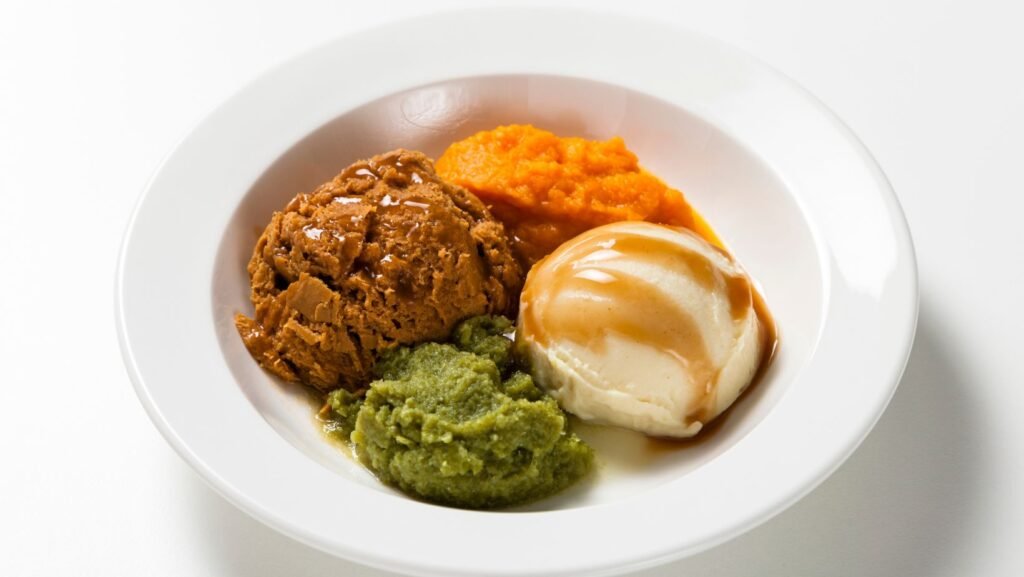What to Expect After Tooth Extraction
Swelling and Pain
After a tooth extraction, it’s normal to experience some swelling and pain in the affected area. This is the body’s natural response to trauma and is typically most intense during the first 24 to 48 hours. It’s important to manage the pain properly and follow your dentist’s instructions. Some strategies to alleviate swelling and pain include:
- Applying an ice pack to the affected area for 15 minutes at a time, with breaks in between.
- Taking over-the-counter pain medications like ibuprofen (Advil) or acetaminophen (Tylenol) as recommended by your dentist.
- Avoiding hot liquids and foods that can increase blood flow to the area and worsen swelling.
Bleeding
Bleeding is another common occurrence after tooth extraction. While some bleeding is to be expected, it should gradually decrease over the first few hours. To control the bleeding:
- Bite down gently on a clean gauze pad or moist tea bag placed over the extraction site. This helps to apply pressure on the area and promote clotting.
- Avoid vigorous rinsing or spitting, as this can dislodge the blood clot and lead to further bleeding.
- If bleeding persists or becomes severe, contact your dentist immediately.

50 Soft Foods to Eat After Tooth Extraction
After a tooth extraction, it’s crucial to pay attention to what you eat. Choosing the right foods can significantly impact your healing and recovery process. In this section, I’ll explain why soft foods are important and how they can contribute to a smooth and comfortable recovery.
Healing and Recovery
Eating soft foods promotes healing and speeds up the recovery process. When you have a tooth extracted, a blood clot forms in the socket to protect the area and promote tissue regeneration. Eating hard or chewy foods can dislodge this blood clot, leading to a condition called dry socket, which can be painful and delay healing.
By opting for soft foods, you can avoid the risk of disturbing the blood clot and protect the extraction site. Soft foods require minimal chewing and put less pressure on the surgical area, allowing it to heal undisturbed. Choosing soft, nutrient-rich foods also provides your body with the necessary vitamins and minerals to support the healing process.
Preventing Infection
Another crucial reason to stick to soft foods after a tooth extraction is to prevent infection. Open wounds in the mouth are susceptible to bacteria, and hard or sharp foods can increase the risk of introducing harmful bacteria into the extraction site.
Soft foods are less likely to contain sharp edges or particles that can irritate or infect the wound. They are easier to clean, and you can consume them without having to worry about damaging the surgical area. By choosing soft foods, you can minimize the chance of developing an infection and ensure a healthy recovery.
Ease of Chewing and Swallowing
In the days following a tooth extraction, you may experience some discomfort or difficulty in fully opening your mouth. This can make chewing and swallowing solid foods challenging and uncomfortable.
Opting for soft foods eliminates the need for extensive chewing, making it easier to eat and swallow. With their smooth texture, soft foods can slide down your throat comfortably without causing pain or irritation. This can provide you with much-needed relief and allow you to maintain a nutritious diet while avoiding any unnecessary discomfort.
Remember, it’s important to follow your dentist’s instructions regarding diet and oral hygiene after a tooth extraction. If you have any concerns or experience persistent pain or swelling, it’s best to reach out to your dentist for guidance.














































































































